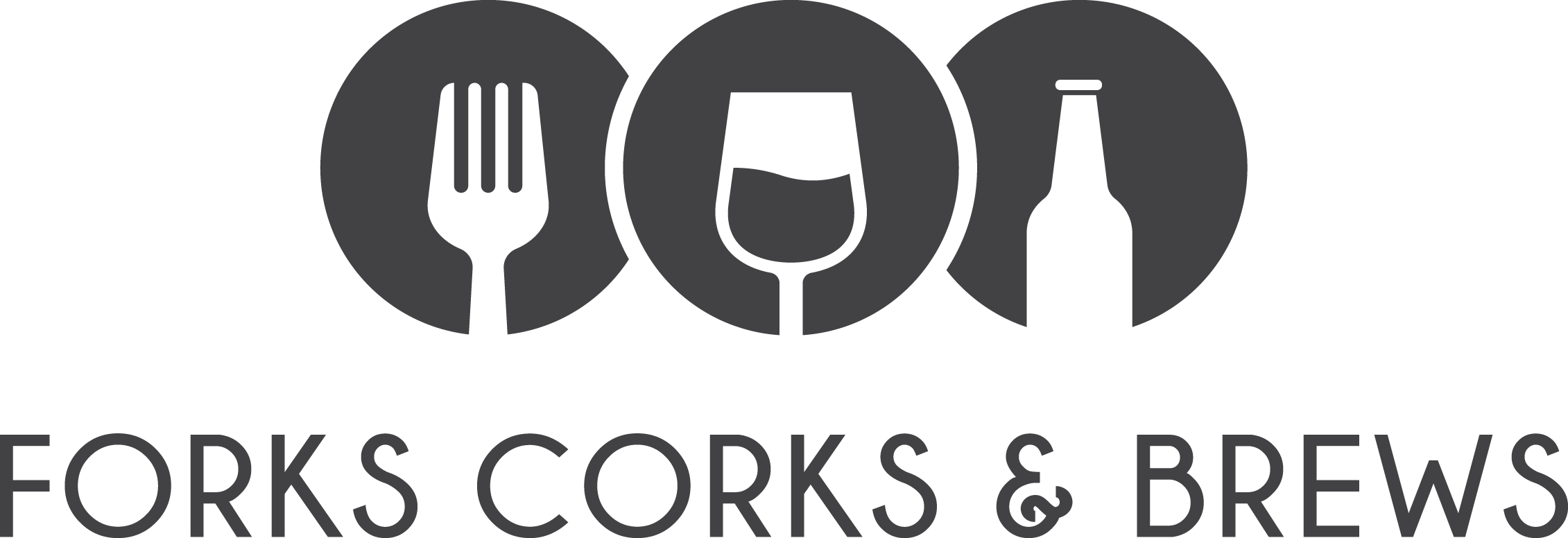What makes sparkling wines different from other wines? The simple answer is, these contain carbonation.
Here are some simple facts about sparkling wines.
The bubbles are products of carbon dioxide. This is absorbed when fermentation occurs under pressure. That is why most sparkling wines go through a secondary fermentation. This is when sugar and yeast are added to a still wine.
Many of the world’s best sparkling wines are made in what is called the methode traditionelle…traditional method. This means still wine is bottled before the extra yeast and sugar are added. This yeast ferments the sugar into alcohol, which gives off the carbon dioxide.
This is when the sparkling wines age on the now dead yeast, which is called lees. Sometimes you can taste a note of brioche due to this. The bottles now go through a riddling process where they are turned frequently and repositioned until all the sediment is in the neck.
Disgorgement occurs next to remove that sediment. Dosage, a blend of sugar and wine to add a touch of sweetness is added before the final cork.
Most of the time these will be white or rose. However, these can also be red.
Champagne is a sparkling wine from the Champagne region of France.
Cava is Spanish and Prosecco is an Italian one. Lambrusco is a sparkling red wine. Then there’s one that is a rose wine.
Food pairings are almost endless. Treat your guests to one as an aperitif or with appetizers. They go well with almost all cheeses. They can be served with seafood, most fresh fruits, spicy foods, fatty foods, and most salads. When it is time for dessert, try sparkling wines to finish the meal.
When you serve these wines, always make sure they are cold. Not just cool…cold. The carbonation will be enhanced and the taste will come through with the bubbles.
For more information on other wines check out https://www.forkscorksandbrews.com/champagne/
Also, check out our reviews.
